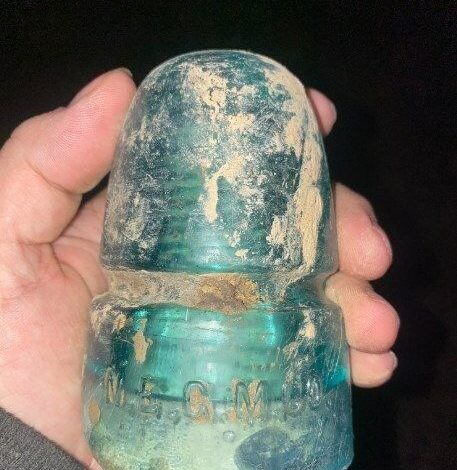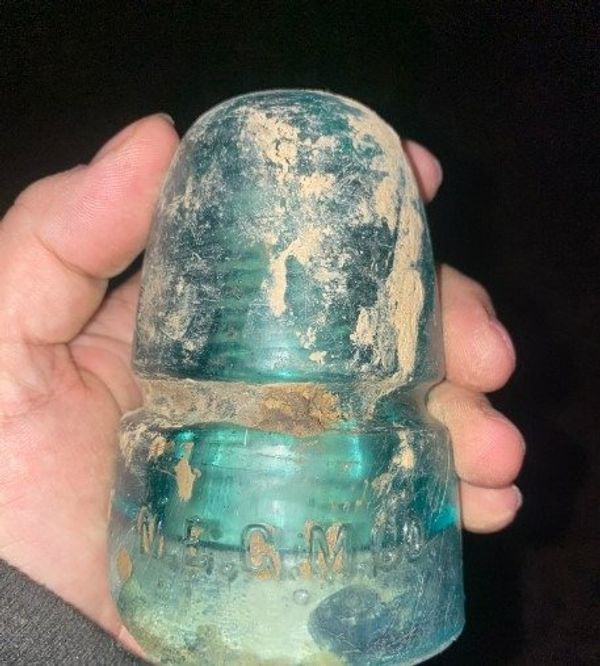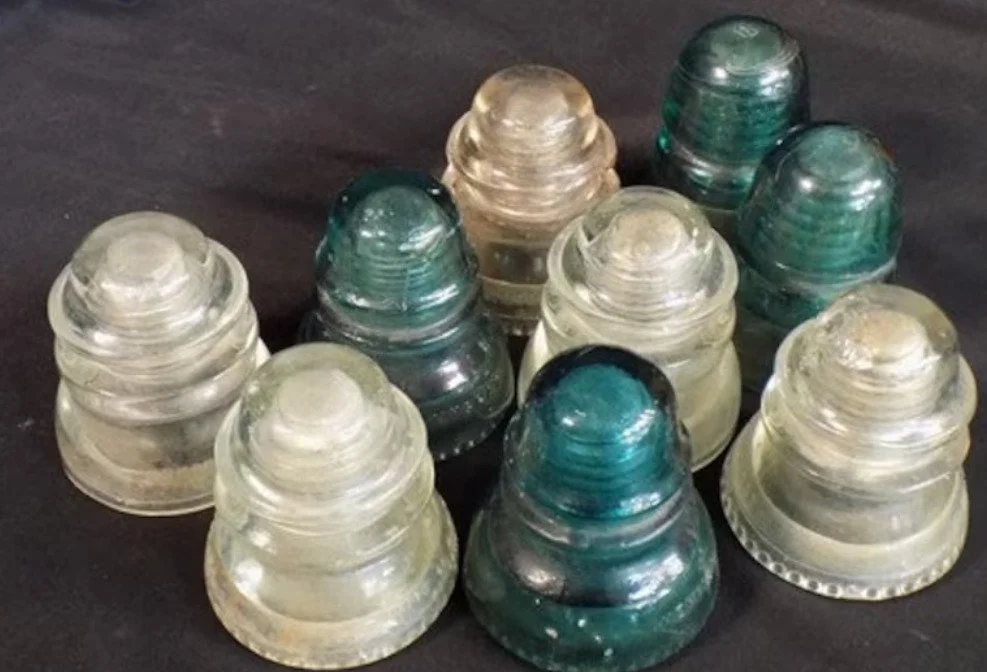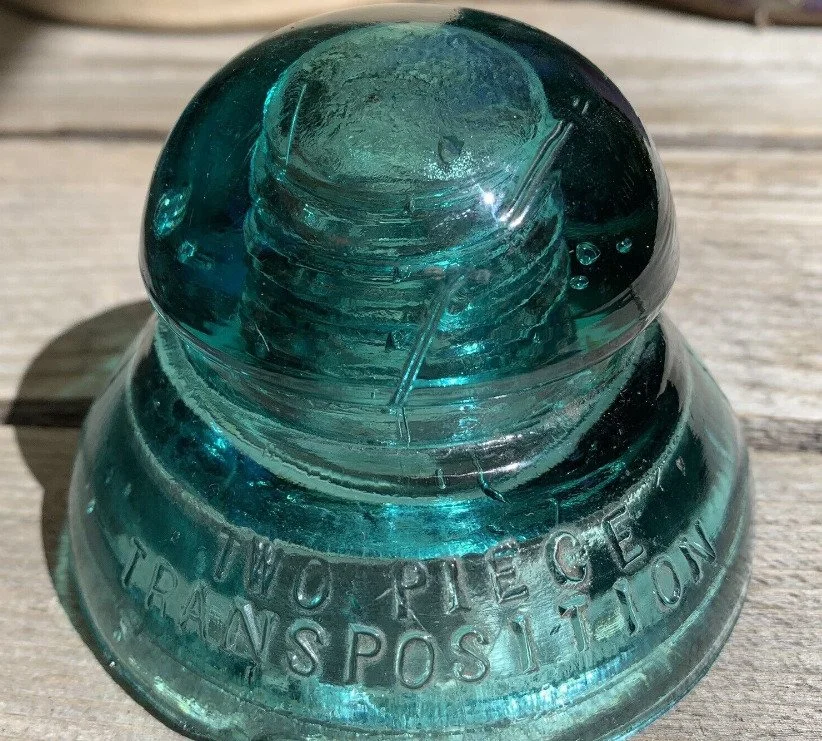
The Unsung Heroes of Communication: Insulators
Ever glanced at a telephone pole and noticed those peculiar glass or porcelain objects perched atop? While they might look like simple decorations, these unassuming pieces are integral to the world of communication. Meet insulators—the unsung heroes that keep our electrical wires safe and ensure smooth communication.

The Role of Insulators: Safeguarding Electricity
Insulators have one critical job: preventing electrical wires from making contact with the pole, ground, or other surfaces. Without them, the flow of electricity could be disrupted, causing interference in communication or even dangerous accidents. Thanks to insulators, the electrical current stays on course, ensuring uninterrupted phone calls and safe power transmission.
Imagine making a long-distance call only to have your voice cut out midway—definitely not ideal! Insulators act as guardians, ensuring our conversations flow seamlessly.

A Variety of Styles and Materials
Insulators come in all shapes, sizes, and materials. Early designs were crafted from glass, porcelain, and even wood, while modern innovations have introduced unique materials into the mix. The size of an insulator matters too—smaller ones are used for telephone and telegraph lines, while larger ones handle high-voltage wires.
Their design isn’t just functional; it’s strategic. Insulators with wide “umbrella” disks and flared skirts act as barriers, keeping electricity contained and poles safe, especially at higher voltages.
Insulator Collecting: A Surprising Hobby
Who knew insulators could spark such interest? Since the 1960s, collecting these vintage pieces has become a popular pastime. As utility companies began burying wires, discarded insulators became treasures for collectors.
Some enthusiasts appreciate their aesthetic charm, using them as decorative items to brighten gardens or windowsills. Others focus on finding rare or historically significant pieces. The value of these artifacts can range from mere cents to hundreds or even thousands of dollars, depending on their rarity and condition.

A Historical Connection
Most collectible insulators date back 70 to 145 years, with some styles no longer produced since the early 1900s. They offer a tangible connection to the evolution of communication, serving as relics from an era when innovation was just taking root.
A Newfound Appreciation
Next time you spot an insulator perched high on a pole, take a moment to acknowledge its importance. These humble objects are more than vintage curiosities—they represent a significant chapter in the history of communication. Who knows? You might even be inspired to start your own collection, joining others who find beauty and nostalgia in these enduring artifacts.
Insulators: Bridging past and present, one pole at a time.





